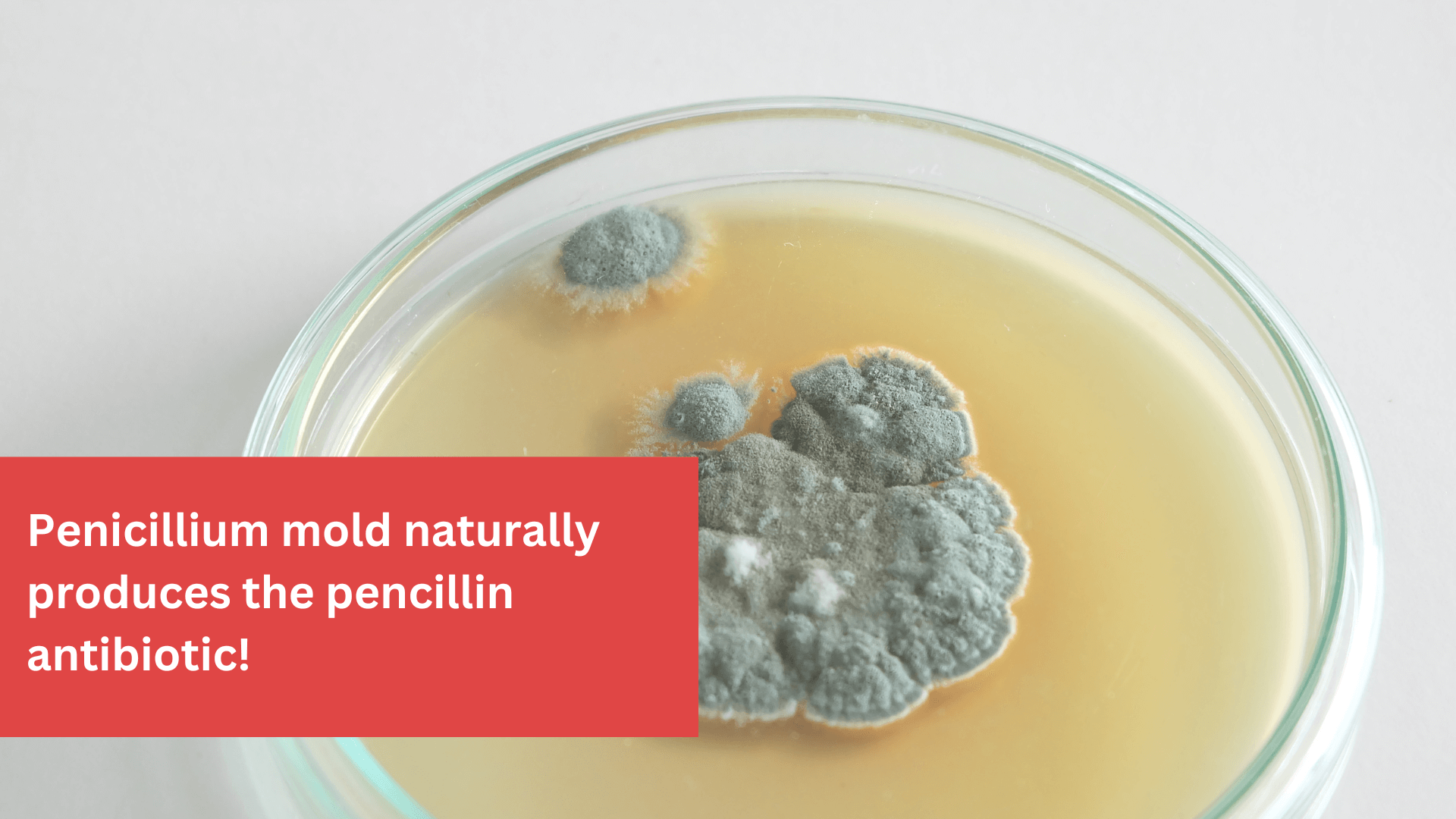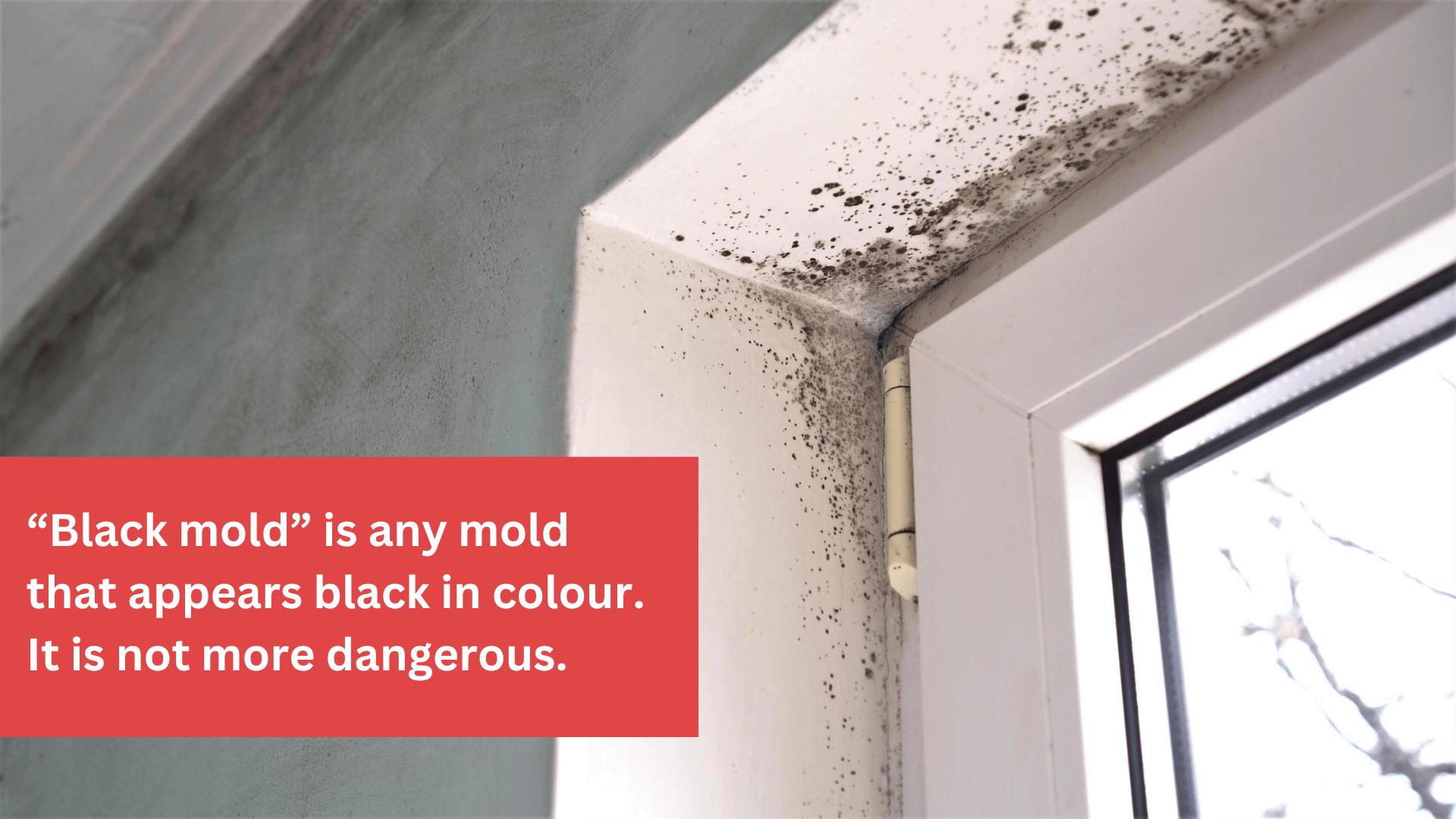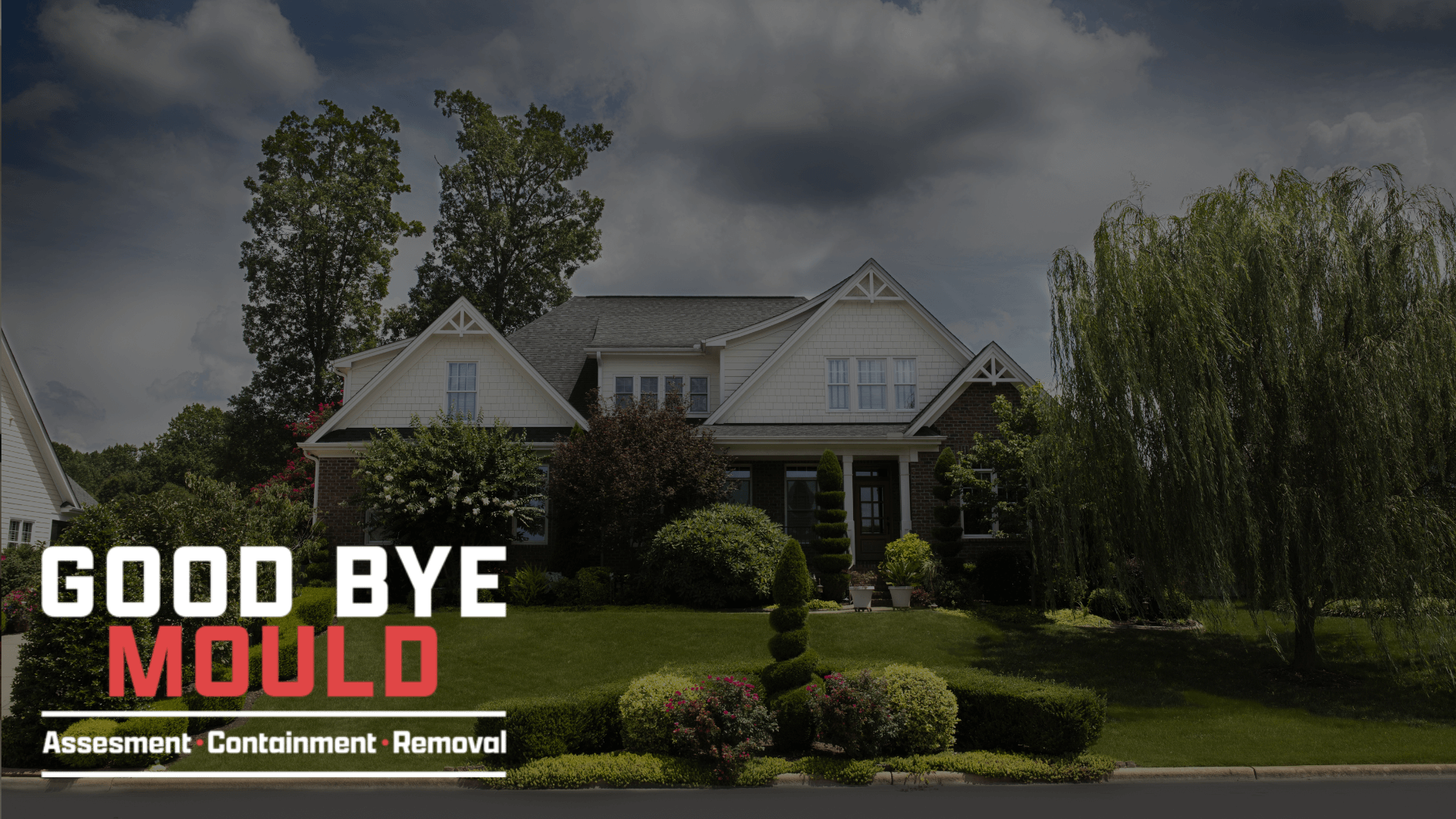Mold gets a bad rap–but is mold dangerous to your health? The answer is a bit more complex than simply “yes” or “no.” In short, mold can be dangerous to your health when it grows indoors. There are a number of ways that mold growth can both impact your health and damage your home. In this article, we’ll take a closer look at what mold is, the effects of mold exposure and some common myths surrounding mold.
Do you have mold growth in your home or are you worried that there may be mold growing in areas such as your attic or basement? Contact the experts at Good Bye Mould today to learn more about mold assessments and mold removal.
What is Mold?
Mold is a type of microscopic fungi that grows on plant or animal material. Most molds produce spores that are transported by air, water or even on the bodies of insects. Mold spores are what gives mold the colour that you typically see, like black, grey or pink. Spores help mold travel to new places and spread throughout its environment.
That’s why when you find a piece of moldy bread, it is recommended you throw out the entire loaf. Even if you cannot see mold growth on the other slices, it is very likely that the mold has already spread–even if you cannot see it.
Is Mold Dangerous?
Mold can be dangerous to your health. But not all molds are dangerous. When mold grows outside, it is helpful. Molds play an important role in our environment. They help to break down dead organic matter and return nutrients to the earth. Molds love moist environments and are attracted to essentially all types of organic matter.
Some molds are actually helpful to our health. Did you know that penicillin, one of the most commonly used antibiotics, is produced through mold? The mold Penicillium naturally produces penicillin, which has helped us fight serious bacterial infections for nearly 100 years!

However, some molds can be dangerous to our health. This is especially true when mold begins to grow indoors and spores concentrate at high levels. Health Canada labels indoor mold growth as a significant health hazard. Exposure to mold and mold spores indoors can make you feel sick. Outdoors, mold spores cannot concentrate to the same level as they can indoors. Inside, homes can trap an excess amount of mold spores, which can cause unpleasant or dangerous symptoms.
The Effects of Mold Exposure on Your Health
There are two common ways that homeowners are exposed to mold. The first is through food; it’s likely you have come across a moldy piece of bread or fruit in your pantry or fridge–probably more than once! Mold also likes to grow indoors on walls, around windowsills, sinks and tubs and in attics, crawlspaces and basements. If there is moisture present, mold can grow anywhere in your home. In the case of structural mold growth, you won’t likely be eating any mold, but it can still impact your health as you can breathe in mold spores.
When mold grows indoors, it can cause a host of symptoms. Some individuals, such as those with asthma or other respiratory conditions, elderly people and the very young may be at higher risk of adverse health effects from mould growth.
Common symptoms that people living in mouldy homes may experience include:
- Excessive coughing
- Shortness of breath and wheezing
- Cold or flu-like symptoms that do not go away
- Irritation of the nose, eyes, and throat
- Increase in asthma symptom severity
- Headaches or dizziness
When it comes to food, if you happen to eat a small piece of moldy food, in most cases, your body’s immune system can handle it just fine. It is likely most people have eaten very small amounts of moldy foods many times. However, some people may have a reaction to ingesting mold. Typically, there are individuals who are immune-compromised or have a mold allergy. If you are allergic to mold, ingesting mold can result in a serious allergic reaction or even anaphylactic shock.
Of course, managing mold on food is relatively simple. Throw away any moldy items in your kitchen or pantry as soon as you notice them. There are some exceptions – small amount of mold growth on certain items, such as hard vegetables, can be salvaged. Check out this guide from the USDA: Food Safety and Inspection Service to learn more.
When it comes to mold growing inside your home on objects or structural components of your home, removing mold can be more complex.
Indoor Mold Growth and Your Home
Indoor mold growth can also impact your home. Mold can create a “musty” smell–you’ve probably smelled it before in old basements or attic stores. Mold is not always easy to spot, especially if mold is growing in areas of your home that you do not frequently access like attics or crawlspaces.

Here are some some visual signs to keep an eye out for, including:
- Stains on or around your ceiling
- Discolouration around your ceiling and top of walls
- Signs of leaks and moisture
- Roof damage
- Frost on roof sheathing
- Dark/black areas in corners in your basement or crawlspace
- Black marks or spots on wood
Mold consumes organic material. Indoor mold growth can damage items like books, paper, cardboard boxes, fabrics and clothing. It can also cause serious structural damage, as mold can eat away at wooden beams or other structural supports.
Mold is not only dangerous to your health, but can cause unsafe living conditions if left for too long. Left untreated, mold can cause so much structural damage that it can collapse walls or floorboards and even ceilings.
Myth Busted: Black Mold Is More Dangerous Than Other Types of Mold
You may have heard of the terrifying, toxic black mold that can grow in your home and seriously harm you and your family. However, this is a myth. “Black mold” is really just any mold that appears black in colour.

When some people refer to black mould, they are thinking about a specific type of mould called Stachybotrys chartarum. This mold has a bad reputation because there were some reports in the past noted that young children exposed to this type of black mould were at risk of a pulmonary hemorrhage. However, according to the CDC, this link has not been proven.
All types of indoor mold growth can impact your health. Black mold does not cause more serious symptoms than other types of mold. When you work with a mold removal company like Good Bye Mould, we treat all types of mold equally. This means that whether your mold is black, grey or green, we will take all necessary precautions to safely and effectively contain and remove the mold in your home.
How To Remove Mold From Your Home
If you have discovered mold growth in home, you may be tempted to try to remove it immediately yourself. Health Canada has a guide detailing the amount of mold growth that is safe for homeowners to remove themselves. Small amount of mold growth can be effectively dealt with yourself, as long as you use the right tools, materials and personal protective equipment.
However, it is always best to get an assessment completed by a professional mold removal company. A professional company will be able to see if a small spot of mold really is a small spot, or if there a deeper, more serious problem that cannot be seen with the naked eye. Remember, mold can quickly spread and grow in spaces that are difficult to see!
If there is an extensive mold growth problem in your home, the first step we take at Good Bye Mould is to conduct an air quality test. This test determines if mold is growing in your home and tells us the extent of the growth problem. Once we conduct a test, we can create an accurate and effective removal plan for your home.
All of our air quality and mould testing includes:
- Infrared thermal imaging and moisture detection
- Full lab report
- Mould swab samples
After we have assessed the mold growth in your home, our professional team will begin the removal process. When you choose to work with Good Bye Mould for your mold removal, here’s what you can expect:
- We use the best and latest equipment and technology to address any mold we find. This includes the use of high-quality, modern equipment such as infrared thermal imaging, moisture meters, and air quality testing.
- After your home assessment is complete, our team will securely contain the affected area to ensure that mould does not spread to other areas of your home during the removal process.
- Finally, it’s time for mold removal! Our experienced and certified technicians will expertly remove all mold found in your home.
We understand that finding mold in your home can be overwhelming. Mold can cause damage to your home and impact your health, and we understand that this can be a stressful time. Our professional team works hard to make this process as stress-free as possible for you and your family. We are here for you along the way, from start to finish. If you have any questions or concerns, our team is ready to help and give you the peace of mind that you deserve throughout the mold-removal process.
Rely On The Experienced, Professional Team At Good Bye Mould For Expert Mould Assessment & Removal!

Now that you know more about the potential dangers of indoor mould growth, don’t panic! Indoor mould growth is more common than you think, and with the experienced team at Good Bye Mould, we can help you have peace of mind that your home is mould-free.
At Goodbye Mould, we care about the health and safety of you and your family. We use the latest technology and equipment to ensure the safest and most efficient mould containment and removal. We’re committed to 100% customer satisfaction. We have a 5-star rating on Google and countless satisfied customers.
“We were really thankful we found Rick to help address a major issue in our basement. He was very understanding and helpful when walking us through his process. He was great as sharing his knowledge and putting our minds at ease. When he came across an unexpected issue, he acted quickly and managed the whole thing. He was very honest and didn’t try to upsell additional work as other companies tried to. Would highly recommend him to anyone!”
★ ★ ★ ★ ★
If you are worried about mould growth in your home or are ready for mould removal, get in touch with the experts at Good Bye Mould today. We would be happy to talk with you about expert solutions to your attic mould problem.

